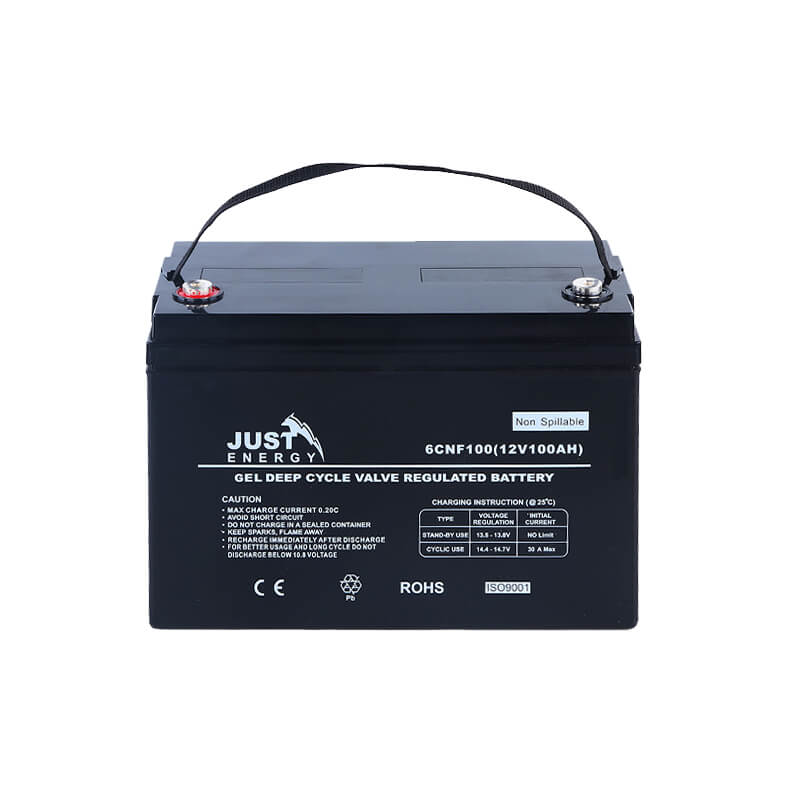As for insulation monitoring device working principle, different insulation monitoring device manufacturers adopts different working principle. There are the balanced bridge principle, the signal injection principle, and the Bender insulation monitoring principle.
How does an insulation monitoring device work?
1. Balanced Bridge Principle for Insulation monitoring devices
How does an insulation monitoring device work? Take the Blue Jay BIM series insulation monitoring device as an example, they adopt the balanced bridge principle, rooted in the Wheatstone bridge configuration, which is widely used in early IMDs. It compares the resistances of two or more branches to detect any imbalance caused by insulation degradation.

Working Mechanism:

Bridge Configuration: A Wheatstone bridge circuit consists of four resistors arranged in a square, with two of the resistors connected to the insulation path.
Reference and Measurement: The IMD injects a known reference voltage into the bridge circuit. Two resistors represent the known resistances, and the other two are connected between active conductors and ground, simulating the insulation resistance.
Detection of Imbalance: When the insulation is intact, the bridge remains balanced, and no current flows through the galvanometer in the circuit.
Fault Indication: If the insulation resistance deteriorates, the bridge becomes unbalanced, generating a current that flows through the meter. The IMD interprets this current as an insulation fault and triggers an alarm.
Advantages and Limitations
Advantages:
Simple design with no external signal injection required.
Reliable for systems with stable insulation resistance.
Limitations:
Sensitive to temperature and voltage fluctuations.
Limited in high-voltage or complex networks due to measurement errors.
2. Signal Injection Principle for insulation monitoring devices
how does insulation monitoring device work in an EV? The signal injection principle is a more advanced method used in modern EV IMD, especially for networks with complex layouts. This approach involves injecting a low-frequency AC or DC signal into the electrical system to actively monitor the insulation condition.

Working Mechanism:

Signal Injection: A small voltage or current signal (often in the kilohertz range) is injected between the phase conductors and ground.
Measurement of Response: The device monitors how the signal propagates through the system. A healthy insulation results in minimal leakage of the injected signal, whereas deteriorated insulation allows the signal to leak towards ground.
Fault Detection: The IMD measures the amplitude and phase shift of the returning signal. Significant changes in these parameters indicate a reduction in insulation resistance, prompting an alarm.
Fault Location (Optional): Some advanced IMDs with signal injection capabilities can also identify the approximate location of the insulation fault by analyzing the response of different segments of the network.
Advantages and Limitations
Advantages:
Accurate in complex networks with variable insulation.
Can operate continuously without disturbing the system.
Limitations:
Requires specialized signal processing circuits.
Some networks might dampen or interfere with the injected signal, reducing accuracy.
Bender Insulation Monitoring working Principle
Bender’s insulation monitoring device connects between the live conductor and ground, with a measuring voltage Um superimposed on the system. If an insulation fault occurs, the insulation resistance RF decreases, closing the measuring circuit between the system and ground, generating a measuring current Im. This current creates a voltage drop across the measuring resistor Rm, which is evaluated by the electronic system. If the voltage drop exceeds a preset threshold (corresponding to a low insulation resistance), the device triggers an alarm.

AMP Patented Technology
Bender’s AMP technology uses a special clock-controlled voltage managed by a microcontroller that automatically adapts the measurement signal to current system conditions. Through software-based algorithms, AMP distinguishes between normal leakage currents and those caused by insulation faults, reducing false alarms.
The technology also offers interference immunity, ensuring accurate insulation resistance measurement even in environments with broadband noise generated by frequency converters or inverters.
converters or inverters.
Advantages and Applications
1. Adapts to Complex Networks: Suitable for industrial, medical, and transportation systems.
2. Accurate Detection and Fast Alarms: Operates reliably despite noise or leakage currents.
3. Typical Applications: Used in motors, medical IT systems, railways, and maritime systems for continuous insulation monitoring.





